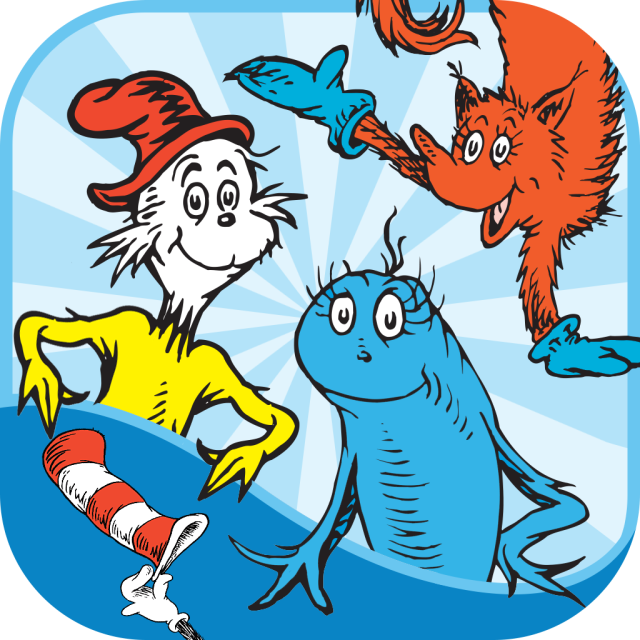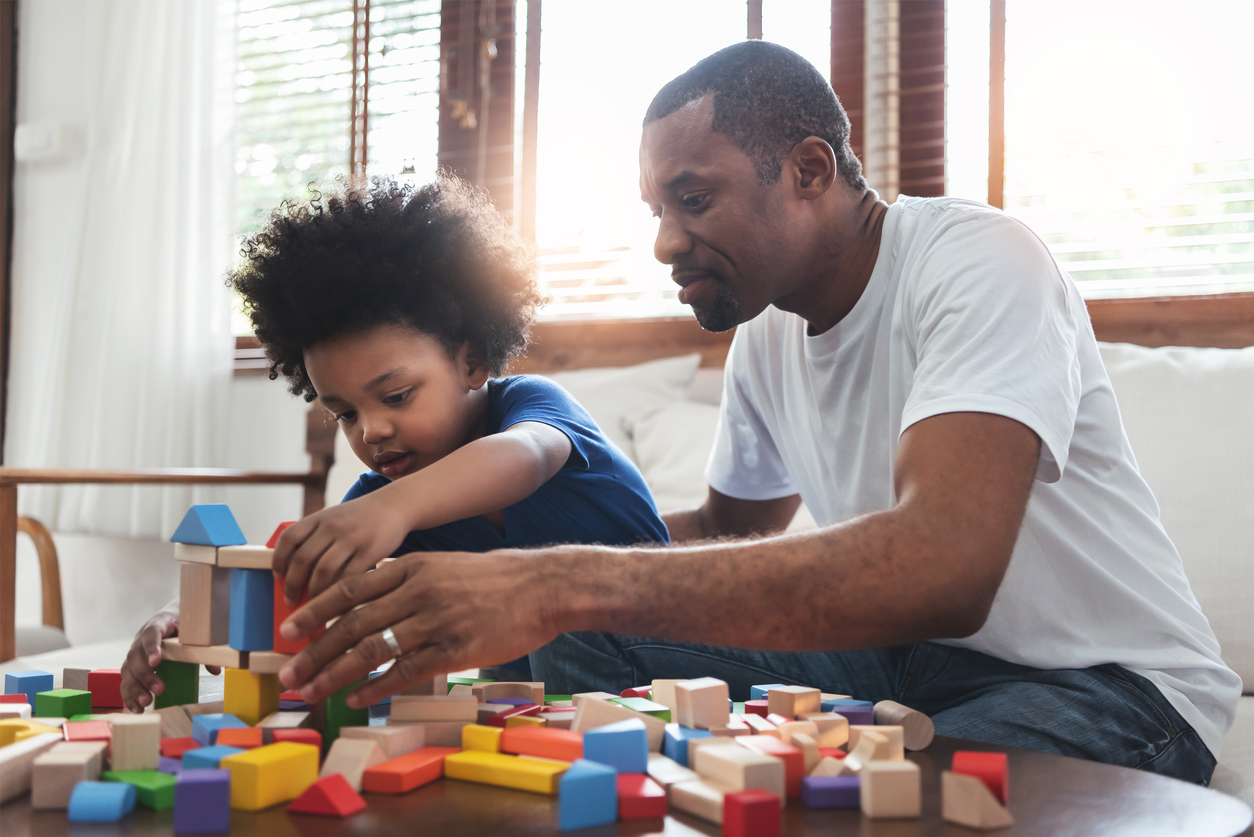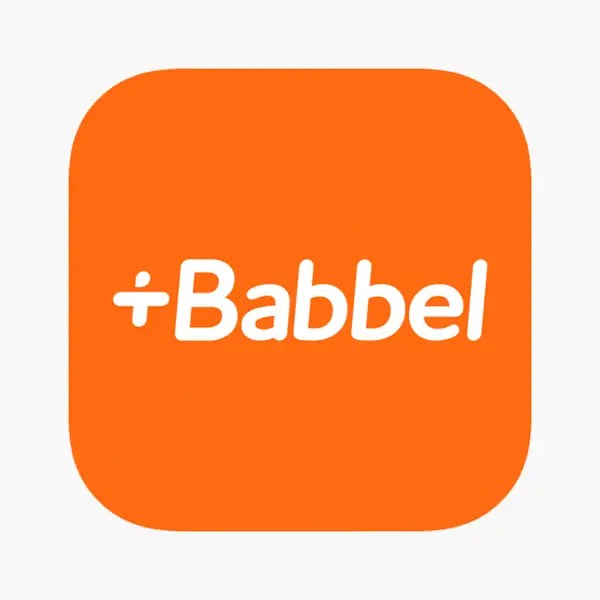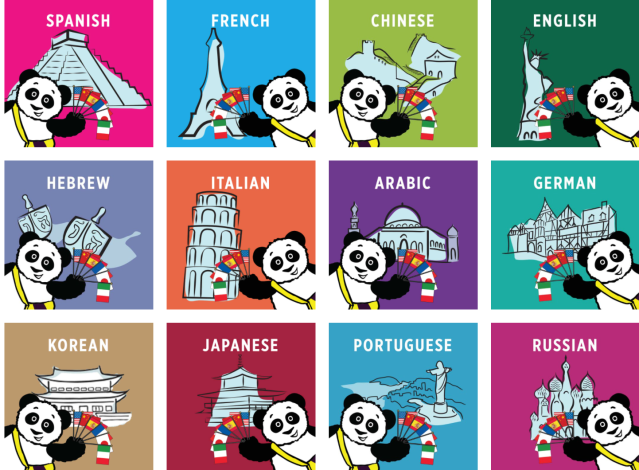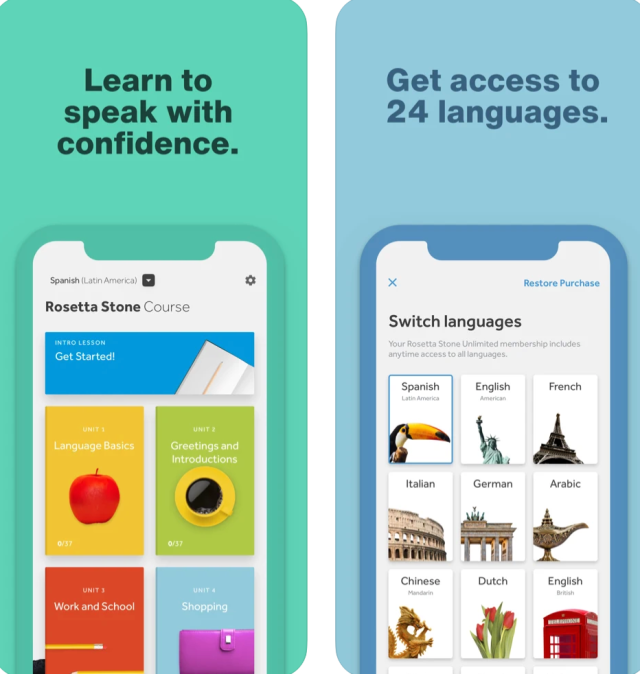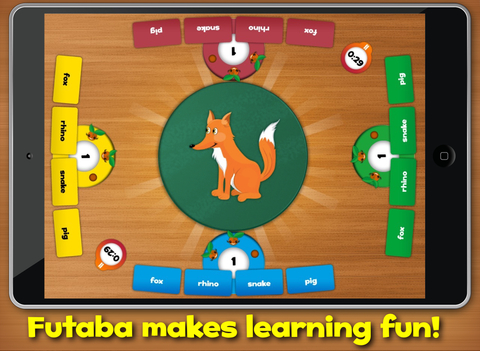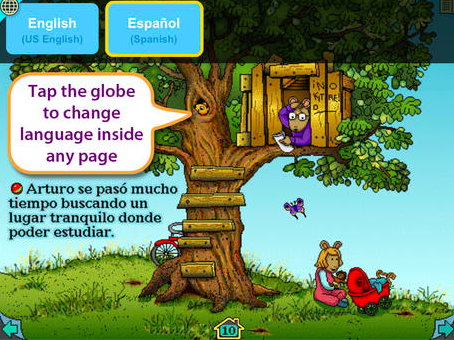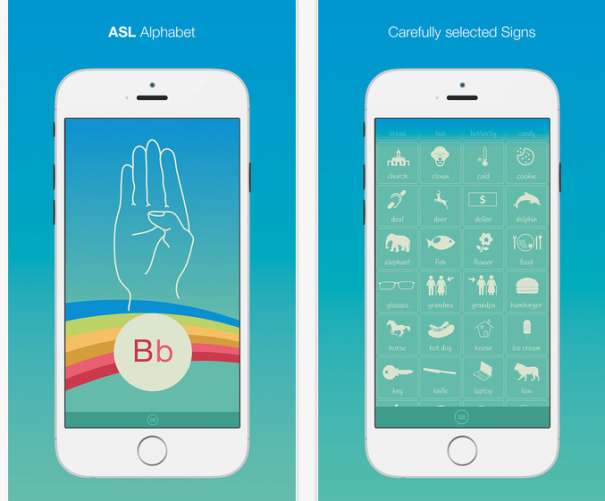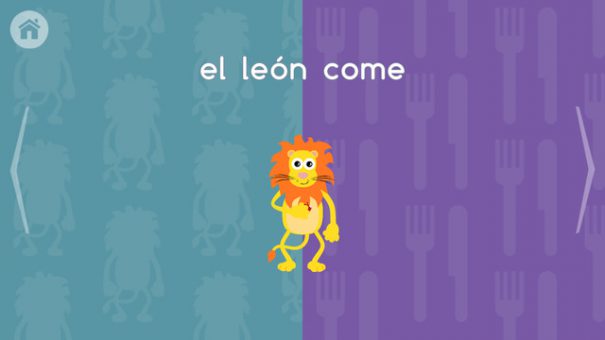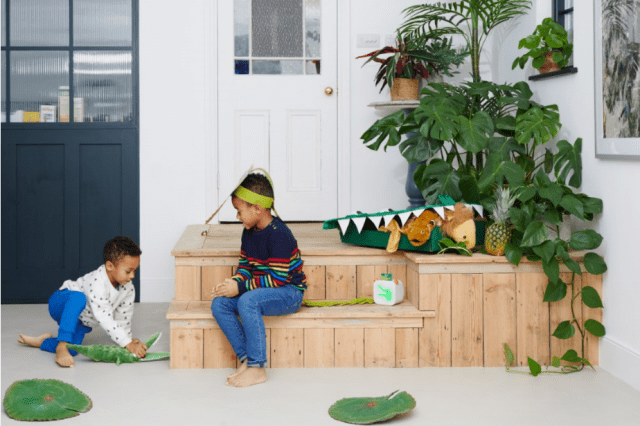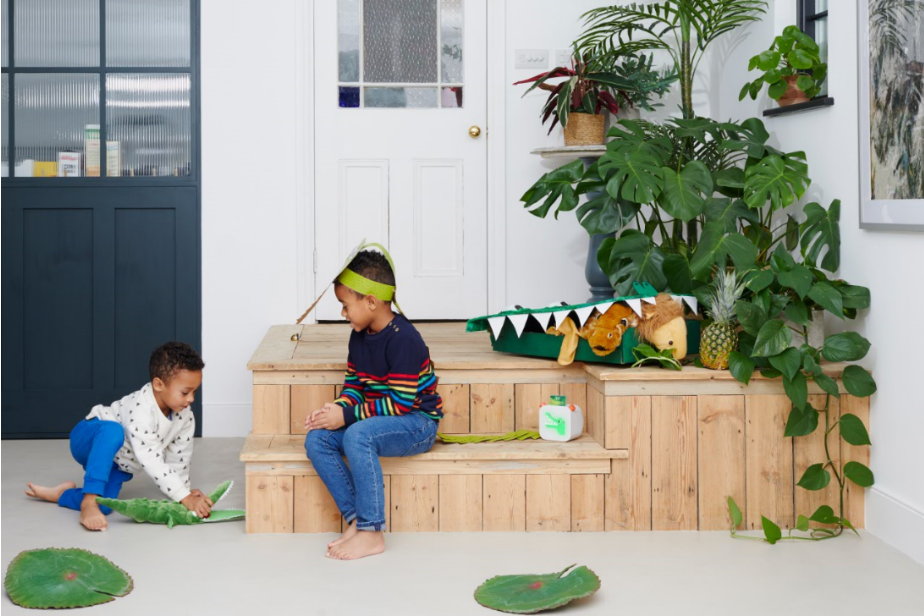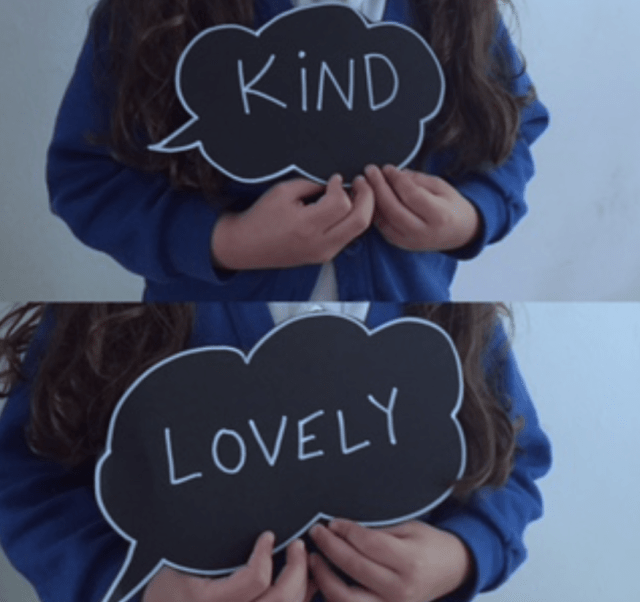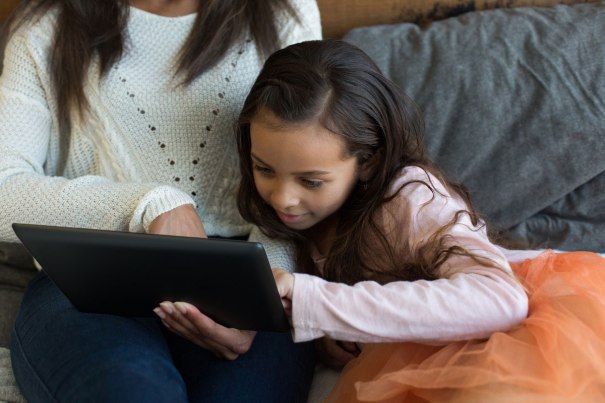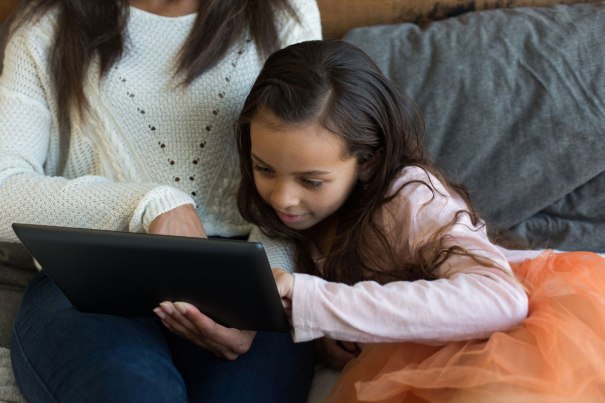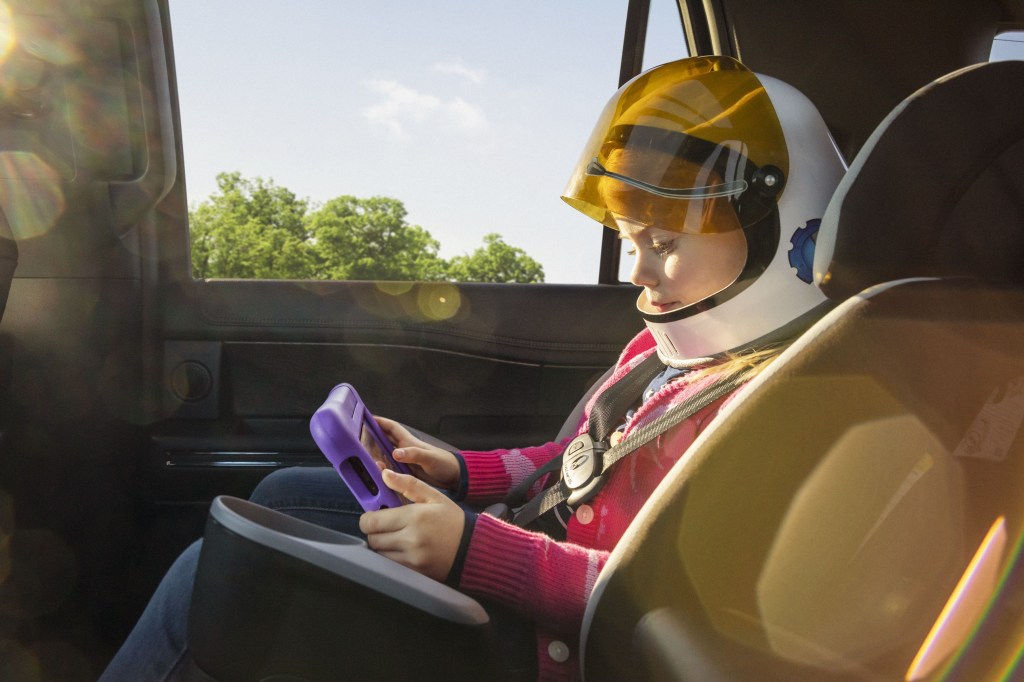Advice from Blogger Ruthi Davis’ “Ask Ruthi” Column:
QUESTION
Dear Ruthi,
I love my lil’ monsters, but I’m clearly having “one of those weeks.” Can you please help me? I feel like throughout most meals, the kids make everything a game, act overly silly—they become so distracted that they don’t finish eating or spill their food—not to mention the excessive reminders to use an inside voice, not talk with their mouth full, etc. How do I find an even-flow at dinner, let the kids share their day, but also allow parents/adults to talk also? Also, how do I teach my kids to sit and eat their dinner?
Thank you!
Mimi
ANSWER
Dear Mimi,
Thanks for your openness and honesty! I’m sorry that you’ve been experiencing a tough week, although you can rest-assured that you’re not the only one. You have actually—quite accurately—captured the typical toddler struggles between parents and children.
The good news, however, is that with the right mix of modeling, consistency, reassurance, and reward (and it’s not what you think!), it’s ALL teachable over time.
Mealtime Manners
I’ve been there, believe me. I’ll paint the picture, as I know it so well:
The endless struggle between kids who just want to “have fun” and annoyed parents who want peace and sanity at the table Toddlers who act out at the table because they’re just “bored” of sitting without entertainment Mom trying to desperately repeat table manners to distracted ears Mom’s desperate plea to her kids, “just eat!” Mom struggling through conversation with her husband, while managing the chaotic little table patrons
The. Struggle. Is. Real. Mealtime can be so stressful, no doubt—and going out to eat isn’t always so pleasant either.
How does it get better? Does it even get better? Yes, yes it can.
Engaging the Senses
Let’s face it—kids are curious and full of energy. Toddlers may often have a hard time just sitting for long periods of time to eat food that is not considered “fun” or “exciting” to them. Their natural inclination is to play, laugh, move around their seat, engage their senses, and find a game, goofy behavior, or toy to focus on instead. Constant nagging, repeating, and threatening consequences may seem like the only way… but it often falls to ears that have tuned you out long before your begging session. You want your child to learn, and you don’t want to resort to zombie-mode with an electronic device or tv blaring in the background either.
One of the greatest lessons that I have learned with four kids of my own is to stimulate their mind with the entertainment that they crave and is acceptable.
“I have an important question for you! I’ll only ask when you’re sitting flat and center on your chair, and have taken a bite. Who will go first?”
Offer each child your full attention by asking his/her opinions and thoughts about any topic relevant in their world. Demonstrate active interest and importance, and then offer your individual thoughts as well. Simply model conversation techniques. Not only does this practice offer a boost of self-validation and confidence for the child, but also models proper conversation practice.
“Who wants to play a game?”
Tap into each child’s mind with a verbal activity that suits the meal. Start a simple game of “I Spy” as they actively eat their meal throughout the game. Other games could include basic math skills using their fingers. Phonics games, such as “I’m thinking of an animal that starts with the letter _” are also wonderful mental exercises that are practical, educational, and fun. Older siblings particularly enjoy speed-maths as a group, or individual questions based on skill level. The basic premise is to demonstrate the underlying facets of conversation, turn-taking, active mealtime, mental stimulation to calm the body, confidence-building, and modeling appropriate verbal play between siblings.
“Wow, I love how well you’re eating!”
The best reward is to praise the positive, no matter how trivial. Demonstrate proper manners and explain their importance if a child continues the same bad habit. Instead of repeating so much… just don’t. Let the children know that they lose dessert or an activity after three strikes at the table. The best part is that the strike doesn’t have to include an angry face, repeating, or shouting. A calm shake of the head, special look, or soft discouragement of the action and a silent counting finger in the air let’s the child know that you’re completely serious (and stay consistent). Praise builds confidence and losing a privilege deters the action from happening again, even if it takes a few times to learn the hard way. For other incentives, such as earning “stamps,” tap into an innovative stamp system on my “Game-Changer Chart for Frustrated Parents” blog.
“Ouch! Stop stepping on me with your words!”
Turn-taking in conversation is actually a skill—learning to speak in a space. When a child’s thought is imminent and he/she is worried about forgetting and is excited to share, not a moment passes before a child will blurt out a comment in the midst of conversation and repeat it loudly until heard and acknowledged. This skill is a tricky one but still teachable. Hold up your hand like a stop sign toward the child who is speaking out of turn with a quick mention that you were in the middle of another conversation first but would love to hear his/her though after you’re finished, helps to convey your point. Remember, you are the crossing guard of table conversation. I also enjoy imagery to better explain my feelings with children. I often explain that when we wait in line, we offer space between each person. We don’t step on each other or push each other out of the way. We need to take turns. This works particularly well in conversation also. I ask the kids not to “step on each other with their words” and have respect for each turn. When multiple children begin speaking at the same time, I may cover my ears and explain that I can’t understand anyone when two are speaking at the same time. Turn-taking and speaking in a space (interjecting with an add-on thought during a space of conversation) are essential social tools that are necessary throughout life and can easily be instilled from a young age.
“Eeew, I don’t want to see your chewed up food.”
Kids become excited to speak when they have an important thought—even mid-chew. Explain the importance of finishing the food in his/her mouth before speaking, dangers of choking while speaking, and offering the tools to manage this scenario are key. Demonstrate how to cover our own mouth with one hand and place one finger in front to indicate a pause for swallowing. This effectively “saves their spot in line” of conversation. If a child continues to speak with a full mouth, I generally remind the child that I don’t want to see his/her chewed up food nor can I understand the garbled speech. “Please finish your mouth so I can understand.” Model the behavior again and don’t offer any more attention until the child obliges.
Fight Distraction Through Action
The Broken Record Syndrome is exhausting, mind-numbing, and often angering… why won’t they just listen?! It’s simple… they’re not robots! Children are curious and easily distracted little sponges soaking up e.v.e.r.y.t.h.i.n.g. around them all the time. Stop being a drill sergeant or ol’ yeller and make a change to your unflattering and flailing approach.
Morning Time Music
Play music through your computer, iPhone, or radio with some positive and fun tunes. Change up the morning vibe and sing/dance and wake up those kiddos with a silly smile. First one dressed gets to be DJ and pick the next song! Other morning time games and strategies to wake up and go can be found on my “5 Tips to Ending Morning Meltdowns” blog. Game of Speed: Kids love challenges, so ask the kids to pick the number of seconds within a range that they can safely complete a task. When an activity is a game, everyone wins. Remember to always praise good listening, effort, and follow-though. Continue this until their quick attention and action become inherent, but don’t lose sight of your appreciation and acknowledgent. Repeat Until Its Done: Kids know they can forget because they’re easily distracted. Help them by stating your expectations in short statements. Repeat or sing these phrases, and then ask them to do the same until it’s done. For instance, in the morning, you may say, “Teeth. Socks. Shoes.” Repeating until it’s done offers a practical way to remember and complete a task on a mission.
Remember, when you’re annoyed, tired of repeating, or just exhausted… try to envision the world through your child’s eyes. Instead of quickly responding to the superficial action, try to understand the why and the instinctive need and then think of a way to help a child learn and grow.
With Love,
Ruthi
Photo: Ruthi Davis Photography
Ruthi Davis is a the Founder of Ruth Davis Consulting LLC with over two decades of success in advertising/marketing, media/publicity, business development, client relations, and organizational optimization for a variety of clients. Ruthi is a proud mom and influencer in the parenting and family market as founder of the Superfly Supermom brand.
